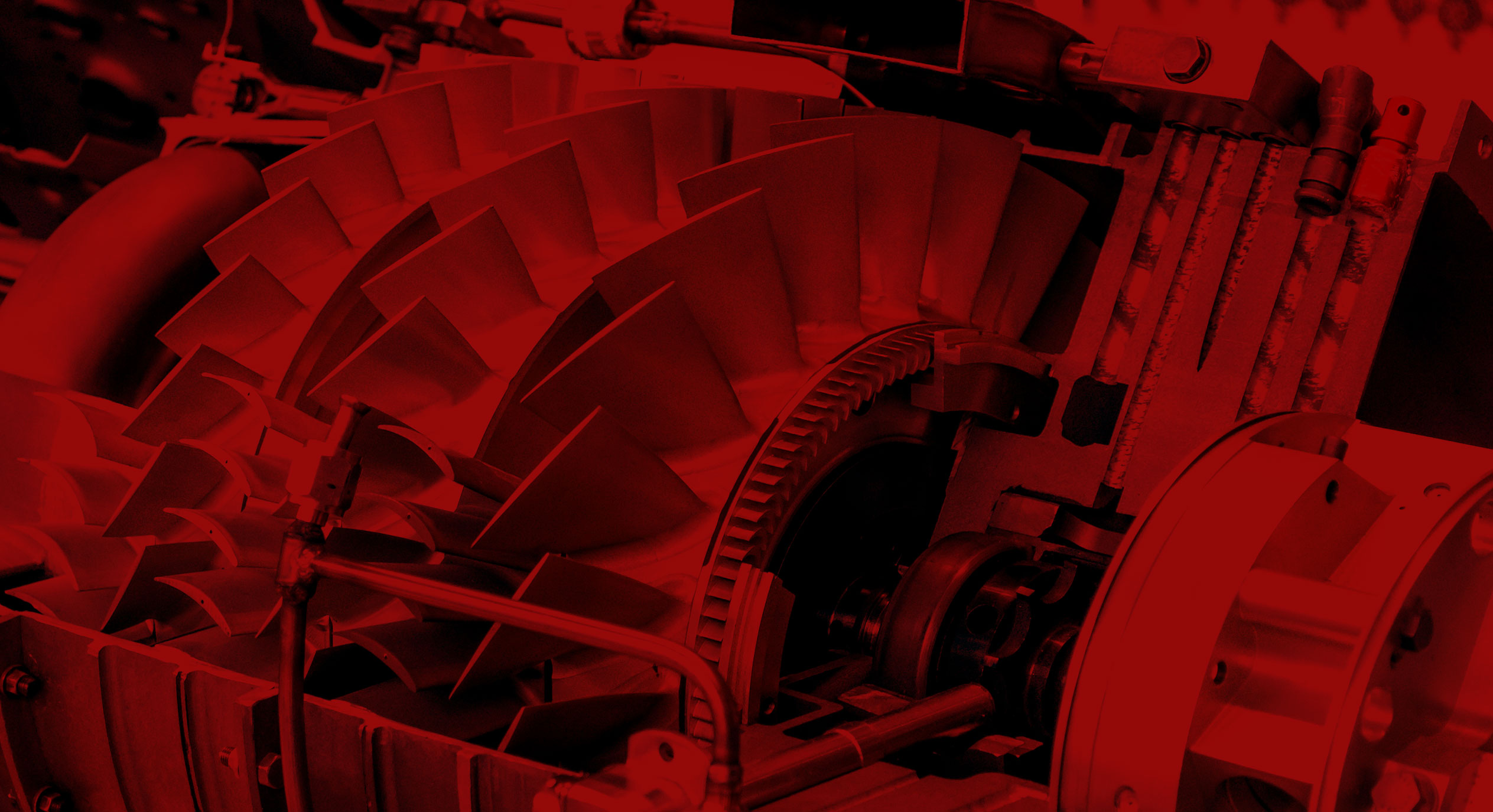
Exploring solutions from cogeneration and the industrial applications to CHP, CCHP, Distributed Energy Resource (DER) & others
Many industrial and manufacturing processes consume an abundance of electric energy. The need for reliable and cost-effective electric energy warrants an independent on-site power plant to produce and consume the required electric energy. These power plants are configured with small gas turbines (GT).
Since the ‘90s, the majority of the discussion has been about F, G, H, and J class machines. Smaller, nimble gas turbines have rarely been mentioned yet they represent a significant portion of the ongoing innovation. This raises two questions:
- What are the drivers for significant innovation?
- Why do we rarely discuss them?
From Low Efficiency to High Potential
A small GT configured in a simple cycle operation is less efficient (18% – 25%) due to limits on turbine inlet temperature since the turbine blades are not cooled. But the simple and modular design assures uninterrupted 24/7 electric energy production, which is critical for manufacturing processes.
Over the course of the last several decades, significant improvements have been made to increase the overall efficiency of industrial gas-fired plants. For example, the turbine exhaust gas with thermal efficiency of 30 – 35% is directed thru heat a recovery steam generator (HRSG) to create high pressure (HP) steam. Then the HP steam is used to operate a small steam turbine to generate additional electric energy, serve manufacturing processes, or serve a residential heating need. That is generally how the application of small gas turbines has evolved from an inefficient simple cycle application to cogeneration and combined heat and power (CHP) generation, which has improved total plant efficiency to 60% – 70%, saved resources, and reduced the greenhouse effect.
Exploring the Manifold Applications of GT
In the recent years, small gas turbine manufacturers— namely GE, Siemens, MAN Turbo, Dresser-Rand, Kawasaki, MHPS, Pratt & Whitney, OPRA, Solar Turbines, Capstone and others — have been at the forefront of innovating solutions to integrate small gas turbines, beyond their traditional application in cogeneration and CHP, into distributed energy resources (DER).
The global market for small gas turbines has been steadily growing for a wide range of applications, particularly in the areas of:
- Environmental compliance
- Range extender for EV
- Micro-grids
- Energy efficiency
- Oil & gas drilling
- Switching from diesel to propane-fueled CHP.
Meanwhile, large microturbines — those operating in the range of 200kW to 2MW — are becoming popular for combined cooling, heat, and power (CCHP) projects.
Small gas turbines are best suited for gas-fired cogeneration plants for efficient distributed energy systems because cogeneration plants can reach overall efficiency of about 70%, reduce air emissions (CO, NOx, etc.), and meet high demand for industrial process heat. In most industries, the main driver for cogeneration plants is heat rather than electricity, so a small gas turbine is a pragmatic choice for it. Renewables including solar or wind generation are not economical for cogeneration / CHP plants.
The Time Is Right
Thanks to the record low gas prices, and robust design of small GT for reliable baseload operation, there is an an attractive opportunity to develop projects that have multiple revenue streams — supplying hot steam for industrial processes and supplying electric power to the grid. Since the primary purpose of a cogeneration plant is to continuously supply steam rather than to provide emergency grid support, the plant must operate uninterrupted for 24/7. This setup directly translates into O&M cost savings, resulting in favorable project economics.
Commercial and industrial consumers are assessing the economic viability of behind-the-fence cogeneration plants to reduce operating costs, improve reliability, gain energy efficiency goals, and reduce their carbon footprint.
In addition to cogeneration plants, the market for small turbines (5-25MW) has been steadily growing. The growth is mainly driven by emissions reduction initiatives, pipelines and gas transmission systems, black start, standby power, and many other applications.
Countries without good grid infrastructures and those prone to natural disasters offer an opportunity for micro and mini turbines. The March 2019 issue of POWER magazine features an article, “Microturbines Useful in Commercial and Industrial Applications,” that brilliantly highlights evolving applications of small GT.
ST Power Services has worked with several owners to enhance the performance of their on-site power plants, improved overall efficiency, upgraded outdated control systems, increased reliability and reduced O&M costs. To learn how we can help your bottom line, reach out today.

